$28.97 Original price was: $28.97.$20.28Current price is: $20.28.
SKU: D2LSC 6725896655 Categories: PLANT COLLECTIONS, PLANTS & TREES
- Safe Transactions, Always
- Effortless Shopping, Quality Products
- Safe Payments, the Smart Choice
- Easy, Fast Returns Guarantee

Little Lucky Red Lantana
Lantana camara ‘Little Lucky Red’
Plant Details
USDA Plant Hardiness Zones: 10-11 Find Your Zone
Plant Type: Perennial
Height at Maturity: 10-12″
Width at Maturity: 12″
Spacing: 10″ for mass planting
Spacing: 10″ for mass planting
Growth Habit / Form: Dense, Mounding
Growth Rate: Fast
Flower Color: Red, Orange and Yellow
Flower Size: 1.5-2″ clusters
Flowering Period: April/May to Frost!
Flower Type: Rounded Cluster
Fragrant Flowers: No
Foliage Color: Dark Green
Fragrant Foliage: Yes, when crushed
Berries: A few
Berry Color: Green
Sun Needs: Full to Mostly Sun
Water Needs: Average
Soil Type: Clay (Amended), Loam, Sand, Silt
Soil Moisture / Drainage: Well-drained moist to somewhat dry
Soil pH: 5.5 – 6.5 (Acid to Slightly Acid)
Maintenance / Care: Low
Attracts: Butterflies, Hummingbirds, Visual Attention
Resistances: Deer, Disease, Drought, Dry Soil, Heat, Humidity, Insect, Rabbit
Description
Little Lucky Red is a member of the Little Lucky Series of Lantana. As you might have guessed by the name, these are noted for their smaller size (10-12 inches tall and wide). So, if you love Lantana, but haven’t had the room to grow one, now you do – excellent in garden beds or pots!
Little Lucky Red may be small in size, but what it lacks in size it makes up for in flower power. The compact, mounding plants are covered in a mixture of red, orange and yellow flowers, and they start blooming 3 weeks earlier in the season than other varieties. They don’t set nearly as many seeds/berries as their larger cousins, which explains why they have more energy to produce more flowers. The flowers continue coming in abundance from late spring through fall to draw in the butterflies and hummingbirds who will thank you for planting this lantana!
Landscape & Garden Uses
Growing in a low mound 12 inches tall and wide, Little Lucky Red is ideal for use in smaller garden spaces, as a low border in landscape beds, in annual flower garden beds, and as a solo or mixed with other sun-loving plants in combination container gardens.
Suggested Spacing: 10 inches apart for mass plantings; 24 inches apart for space between plants
How To Measure Total Square Feet Of A Planting Area
How Many Plants Needed To Cover A Planting Area?
Note: For our customers who live and garden north of USDA Plant Hardiness Zone 10, where this Lantana variety is not reliably winter hardy, you’ll be happy to know it can be grown in containers that can be brought indoors during winter and placed back outside when temperatures warm up in spring.
Growing Preferences
Lantana are exceptionally easy to grow in most any moist but well drained soil of average fertility and full to mostly sun. We suggest at least 6 hours of direct sunlight for best flowering. When growing in a container make sure to use a container with a hole(s) at the bottom and a quality potting soil or potting mix, or a 50/50 mix thereof. Maintenance is minimal. You can deadhead or shear the plant after the first flush of flowers and that’s about it until you cut it back the next spring.
Helpful Articles
Click on a link below to find helpful advice from our experts on how to plant, fertilize, prune and water Lantana plants.
How To Plant & Care For Hardy Lantana Plants
Designing & Planting A Butterfly Garden
Plant Long & Prosper!
Meet The Wilson Brothers & Staff
Questions? Contact Us!
Be the first to review “Little Lucky Red Lantana – 6 Inch Pot” Cancel reply
Related products
Sale!
Sale!
PLANTS & TREES
Sale!
PLANTS & TREES
Sale!
Sale!
JAPANESE MAPLE TREES
Sale!
JAPANESE MAPLE TREES
Sale!
PLANTS & TREES
Sale!
PLANTS & TREES

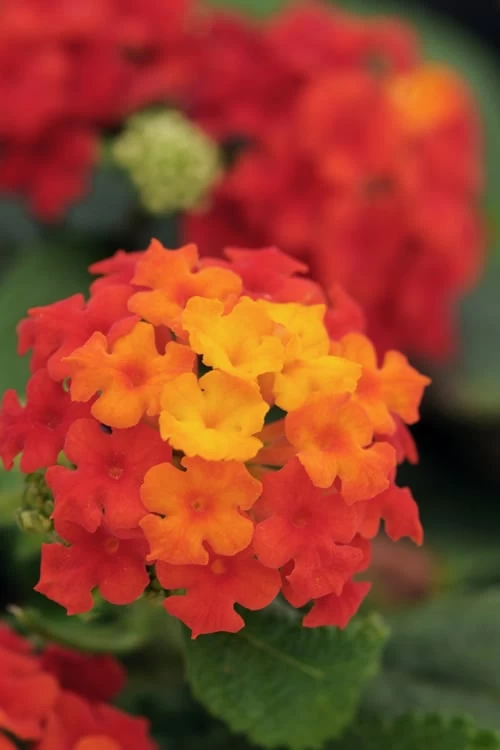
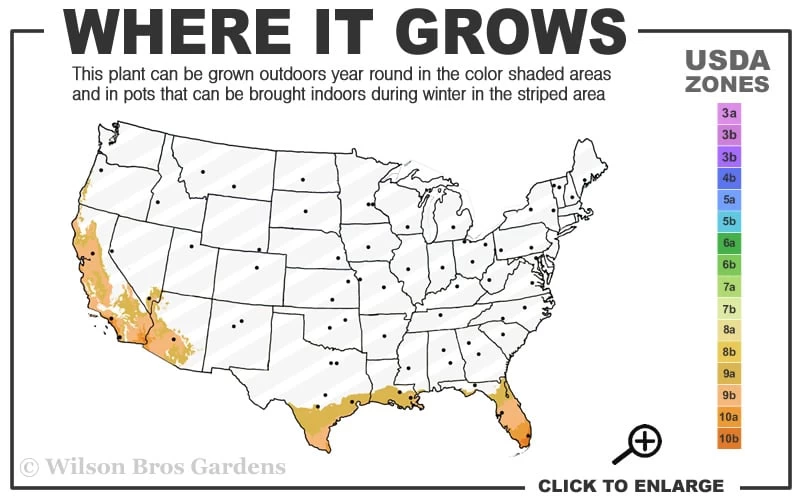


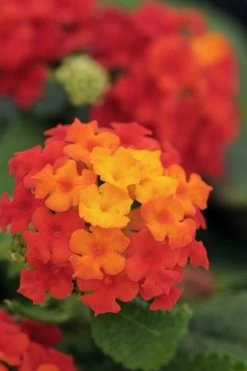
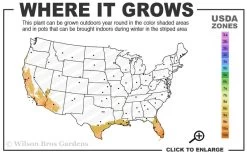

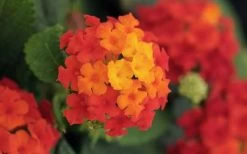
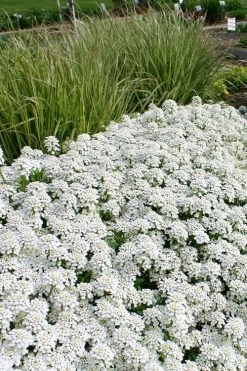
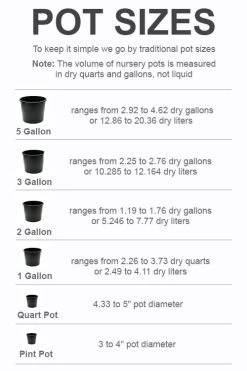
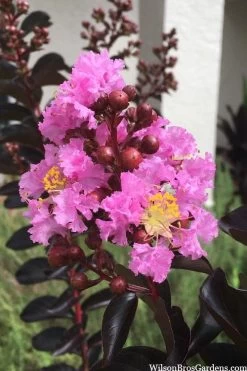

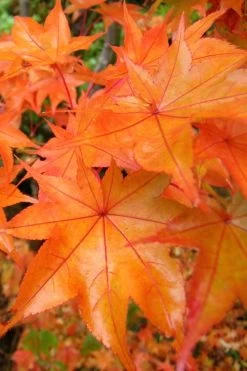




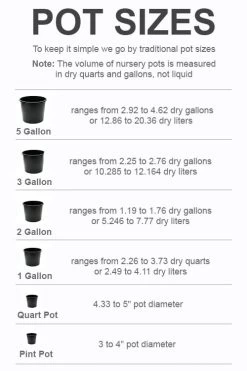
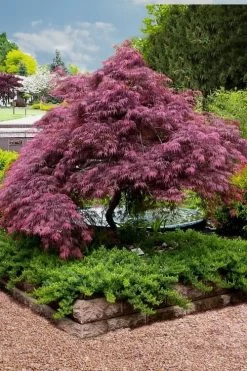

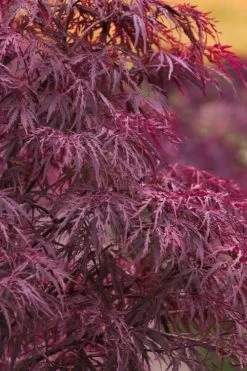
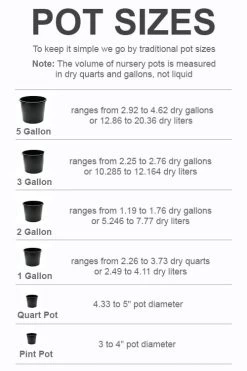
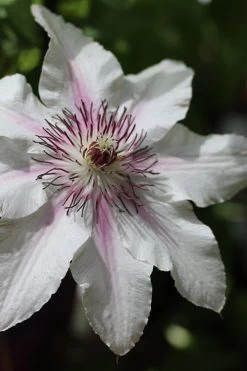
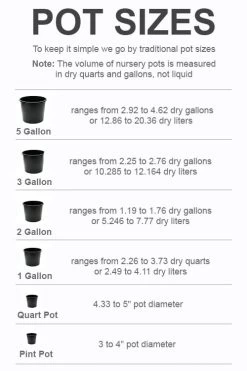
Reviews
There are no reviews yet.